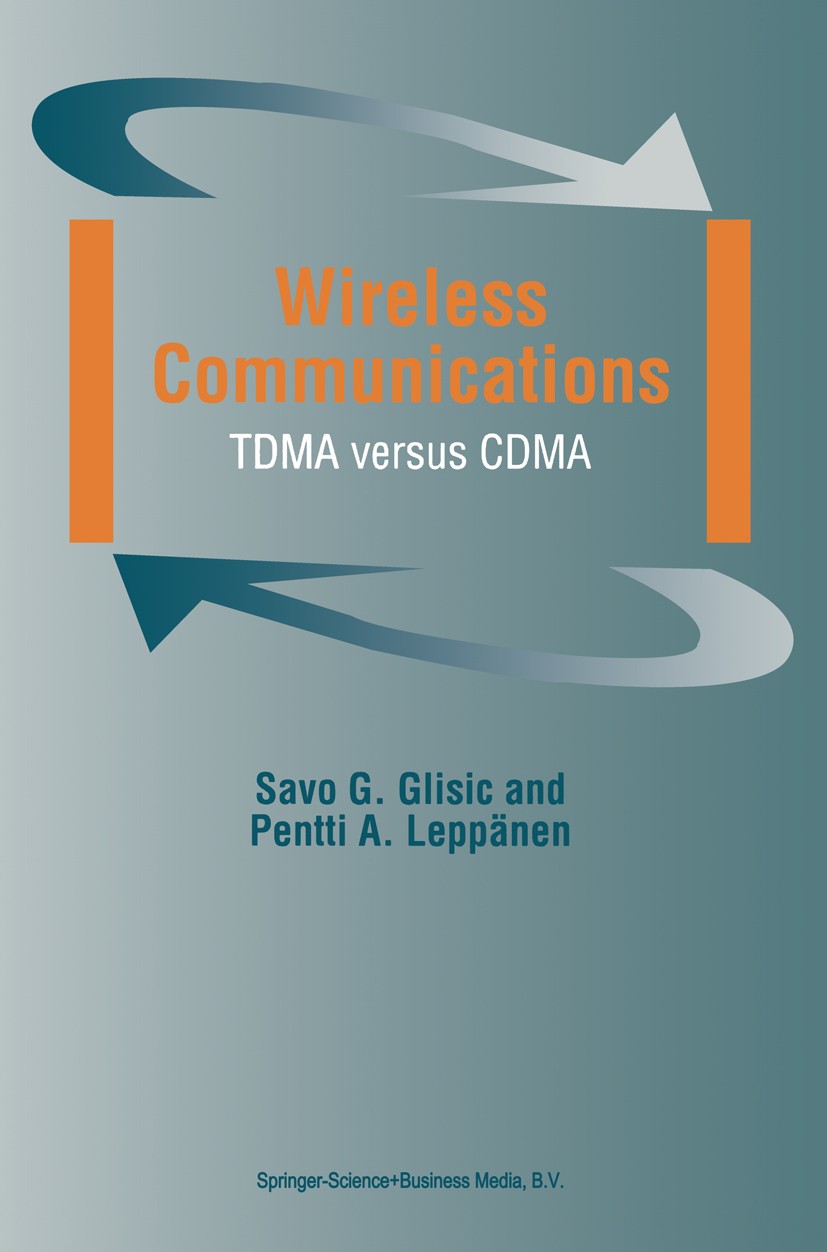| 书目名称 | Wireless Communications | | 副标题 | TDMA versus CDMA | | 编辑 | Savo G. Glisic,Pentti A. Leppänen | | 视频video | http://file.papertrans.cn/1029/1028955/1028955.mp4 | | 图书封面 |  | | 描述 | In Time Division Multiple Access (TDMA), within a given timeframe a particular user is allowed to transmit within a given timeslot. This technique is used in most of the second-generation digitalmobile communication systems. In Europe the system is known as GSM, inUSA as DAMPS and in Japan as MPT. In Code Division Multiple Access(CDMA) every user is using a distinct code so that it can occupy thesame frequency bandwidth at the same time with other users and stillcan be separated on the basis of low correlation between the codes.These systems like IS-95 in the USA are also developed andstandardized within the second generation of the mobile communicationsystems. CDMA systems within a cellular network can provide highercapacity and for this reason they become more and more attractive. Atthis moment it seems that both TDMA and CDMA remain viable candidatesfor application in future systems. ..Wireless Communications: TDMA versus CDMA. provides enoughinformation for correct understanding of the arguments in favour ofone or other multiple access technique. The final decision about whichof the two techniques should be employed will depend not only ontechnical arguments but also on the amo | | 出版日期 | Book 1997 | | 关键词 | Modulation; RFIC; Standard; Standards; VLSI; Wideband CDMA; antenna; coding; coding algorithm; communication; | | 版次 | 1 | | doi | https://doi.org/10.1007/978-1-4757-2604-6 | | isbn_softcover | 978-1-4419-5017-8 | | isbn_ebook | 978-1-4757-2604-6 | | copyright | Springer Science+Business Media Dordrecht 1997 |
The information of publication is updating

|
|
 |Archiver|手机版|小黑屋|
派博传思国际
( 京公网安备110108008328)
GMT+8, 2025-11-8 23:10
|Archiver|手机版|小黑屋|
派博传思国际
( 京公网安备110108008328)
GMT+8, 2025-11-8 23:10


